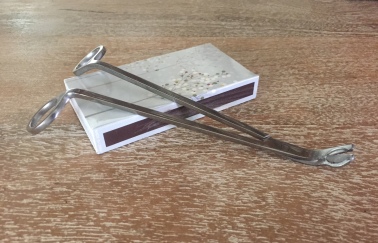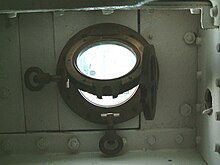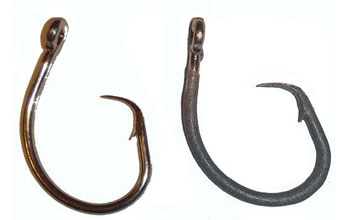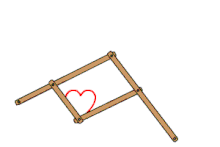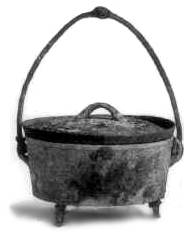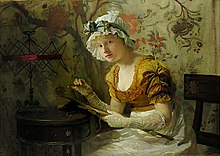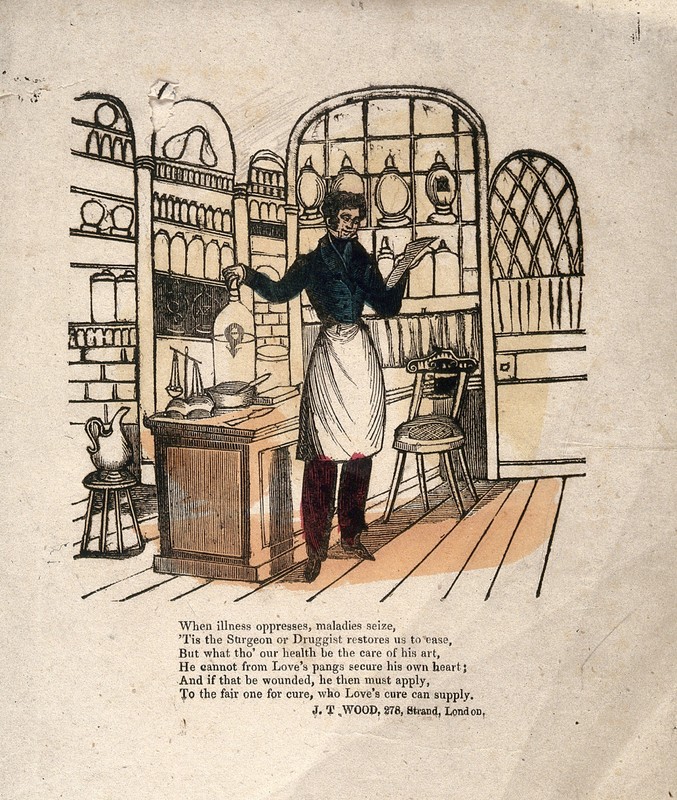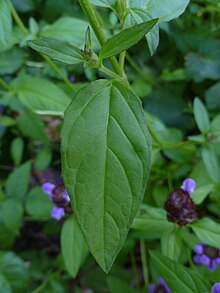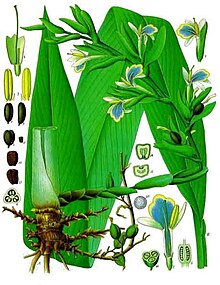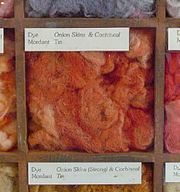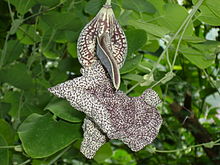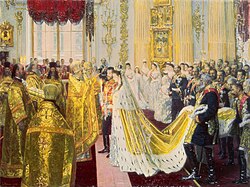Yes, I am prepared to share information that I should have known but didn’t.
- Solomon Wright, Queens Town, Queen Anne’s County
1 small Crickett
Okay, okay. Yes, many inventories feature a Crickett or a variation thereof. And yes, I have never known what that actually is. A tool? An article of clothing? A decorative object? If I’d had to guess, I probably would have said some kind of cooking vessel or tool, having the vague idea that crickets most frequently are appraised alongside objects of that ilk.
It’s a good thing nobody ever asked me to speculate, as I would have been very wrong. Turns out a cricket is a specific kind of footstool. I’m also not entirely sure I knew there could be different kind of footstools, and if I didn’t, then I was wrong about that, too — and this History of Footstools has set me straight.

- Lazrus Cocks, Queen Anne’s County
- John Smith, Queen Anne’s County
1 pair of Pottracks
Good grief. Having confessed my ignorance regarding pot racks in the last post, they are now going to turn up all over the place.
7 Peices of Bastable Ware Tob Bottles
No need for me to confess any embarrassing lack of knowledge here, however — just a failure to ferret out an explanation for these items.
I was distracted for rather a long time by the writing of John Josselyn, who visited New England in the 1670s and described ‘Barstable shot . . . best for fowl [and] made of a lead blacker than our common lead.’ But even if it were plausible that Smith’s Tob Bottles could have been fashioned from lead, we would be wise to discount Josselyn’s information. According to the editors of Colonial Prose and Poetry, Josselyn was “a writer of almost incredible credulity [and] his credulousness rises almost to genius, as when he tells us that the Indians disputed ‘in perfect hexameter verse.'” So he could have been dead wrong about even the existence of Barstable shot.
Once I extricated myself from John Josselyn’s writing, I did some more digging and came up with one source — just one — that sugests Bastable Ware as a specific type of earthenware, and right off the bat that’s far more likely than lead. An estate inventory taken in 1680 in Bristol (the one in England, not the home of ESPN in Connecticut) includes ‘A small parcel of Barstable earthen ware.’ And that’s it. I can’t tell you whether Bastable and ‘Barstable’ could be the same place, or if either (or both) places should be Barstable (formerly a region in Essex County, now obsolete) or Barnstaple (a town in Devonshire). Or, I suppose, Barnstable, Massachusetts — but that would take us back to Josselyn’s lead. Of these options, I’m going with Barnstaple in Devonshire; it’s only about 90 miles southwest of Bristol and just up the River Taw from Bristol Channel (plus it is possibly the oldest borough in the UK). [Barstaple, for reference, is on the other side of England . . . and Barnstable is on the other side of the Atlantic.]
- Mary Wiles, Talbot County
one small box to put writing in
I am charmed by boxes that have a specific purpose.
- Mary Cooper, Talbot County
- George Collison, Talbot County
- Thos. Pitchfork, Talbot County
- Ennion Williams, Talbot County – Additional Inventory
- John Burroughs, Senior, St. Mary’s County
- James Bissco, St. Mary’s County
14 ½ yr[d]s. swann skin
I found this entry deeply disturbing until Merriam-Webster assured me that swanskin could be ‘fabric resembling flannel and having a soft nap or surface.’
7 yds. Grnade
I thought this would be fabric with a name derived in some way from Granada but its etymological root seems to be the French word for pomegranate. Regardless, it is a silk weave ‘characterised by its light, open, gauze-like feel’ and currently most often used for ties. As The Styleforum Journal assures us, ‘everyone knows original grenadine is produced exclusively in Como, a small town in northern Italy.’ Yes, of course, I definitely knew that.
- Mr. William Walker, St. Mary’s County
- John Redman, St. Mary’s County
- Charles Mills, St. Mary’s County
- Daniel Broden, St. Mary’s County
- John Huttson, St. Mary’s County
- Capt. John Leigh, St. Mary’s County
11 ½ lb of Allum & the box
Another box to hold a specific item.
1 Silver handle Penknife
4 Razors 1 hone 1 strap 1 rule & 1 Whittle
A strap in this context must be a razor strop, but I was not previously aware that Whittle could be a noun as well as a verb. Wikipedia claims that ‘casual whittling’ is usually performed with a pocket knife, but Capt. Leigh evidently had a knife specifically for the art of whittling.
pr. of small spitracks
Seems straightforward enough, and yet it took me an astonishingly long time to get from Googling ‘spitrack’ to a source I could reference with confidence.

2 Dozn. pr. of Knitting needles
That struck me as like rather a lot of knitting needles . . . but upon further review I confess that I may well have just as many.

- Lawrence Gally, St. Mary’s County
- Eliz. Williams, St. Mary’s County
a Ladle flesh forks & Slice
From time to time I see a Slice among the kitchen items in an inventory, and I have always visualized something along the lines of an egg slicer — despite knowing that an egg slicer was an unlikely object to find in a colonial kitchen.

Having (finally) done some research, I confess that Elizabeth Williams’s Slice is far more likely to have been a tool for managing her fire (even though it is on the same line as a Ladle and flesh forks, which are easy to recognize as tools that actually come into contact with food). From all I can discover, a Slice is a type of fire iron called a ‘slice bar,’ which has a flatter tip than the more familiar fire poker. According to Wiktionary, a slice could also be ‘a spadelike implement, variously proportioned, and used for various purposes, as for stripping the planking from a vessel’s side, for cutting blubber from a whale.’ A tool used to stir the coals of a fire makes much more sense.
I spent a lot of time trying to find a picture of an actual slice bar . . . and could only find lots of pictures of slices of pizza (offered up by niche restaurants that consider themselves ‘slice bars’), plus a few shots of iron pokers but nothing specifically identified as the right kind of fire shovel. I did get hungry, though.
- John Sweetman, St. Mary’s County
- Mary Mullon, St. Mary’s County
1 old Silver bodkin
I am now prepared to admit that up until this minute I have not actually known the definition of a bodkin — I just knew it was something old-fashioned and related to clothing. I should have known long since that it’s a ‘small, pointed instrument of steel, bone, or ivory, used for piercing holes in cloth, etc.’ — or sometimes, ‘a similar blunt instrument, with an eye, for drawing thread, tape, or ribbon through a loop, hem, etc.’ (both definitions from The Century Dictionary, my new best friend). But now I am up to speed, and you can be, too (even more so with a quick detour to Historic Jamestowne).
- Mr. William Stoddert, Prince George’s County
- Mr. William Marshall, Prince George’s County
- Nathaniel Chew, Anne Arundel County
- Mary Chew, Anne Arundel County
One new Silver pepper box, two Do. Saltsellers 1 Do. Watch & chain & Do. new Spoons One new Silver Tankard & Cup
As you would expect, many of the items in Mary’s inventory were appraised earlier in her husband Nathaniel’s (which were taken about 18 months apart, even though Mary died less than 3 months after Nathaniel). These new silver items, however, must have been received after Nathaniel’s death — and likely from Capt. John Hyde & Co., merchants in London, to whom Nathaniel was indebted at the time of his demise.
12 pr. of Pelony Shoes
Well. Searching ‘pelony shoes’ just got me pictures of shoes decorated with peonies.
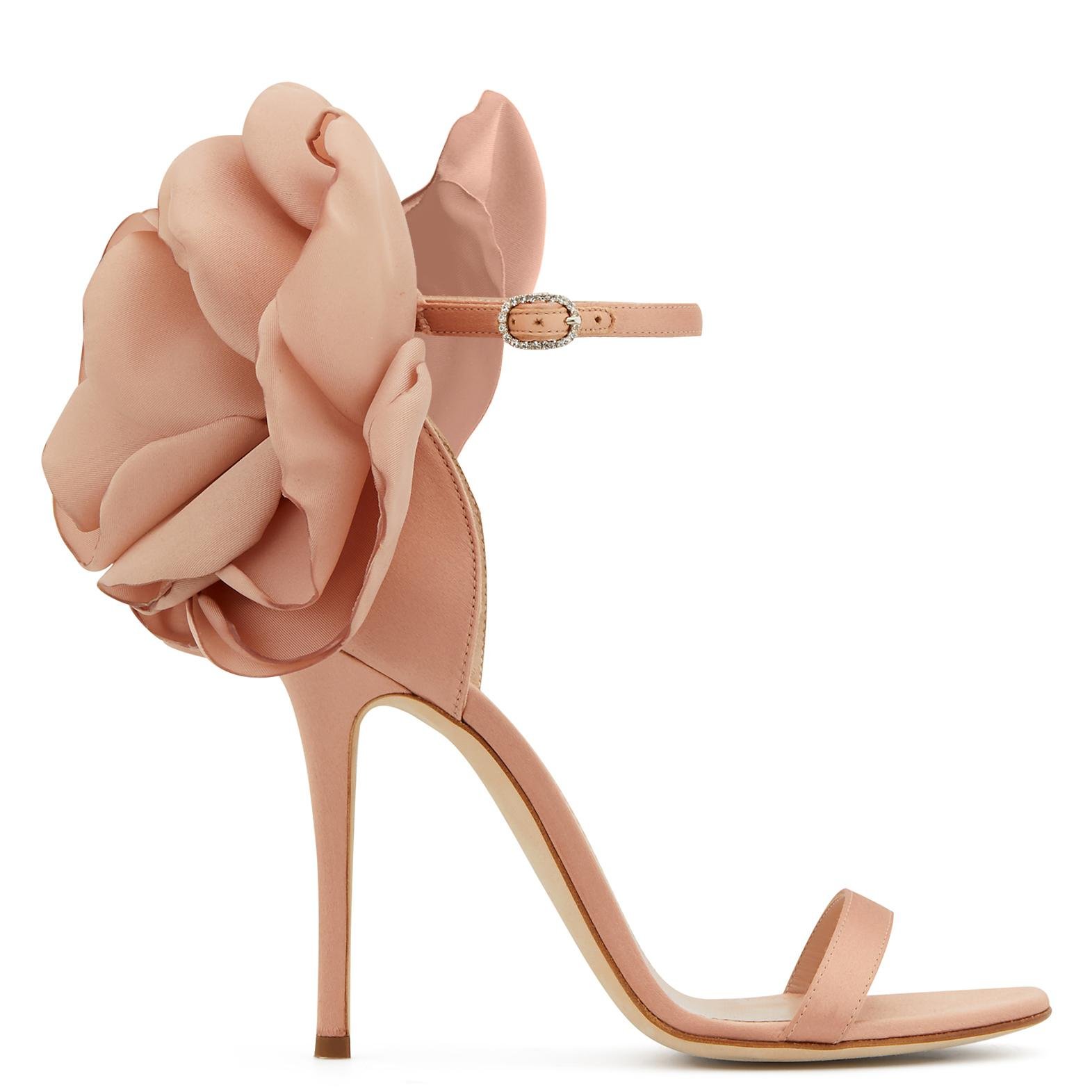
When I tried ‘pelony definition,’ Google offered me ‘polony definition,’ which took me to Merriam-Webster and the third possible definition, an adjective meaning ‘Polish.’ Although I quickly abandoned an effort to determine what could make a pair of shoes distinctively Polish (you try weeding out all the hits about how to polish shoes), this seems to me to be the most likely interpretation. [But if you are dying to know what experts have to say about Poland’s sneaker scene, Highsnobiety would love to share opinions gathered at Sneakerness Warsaw.]
And now I am truly caught up — both with the inventories I have indexed and with Poland’s sneaker scene.





